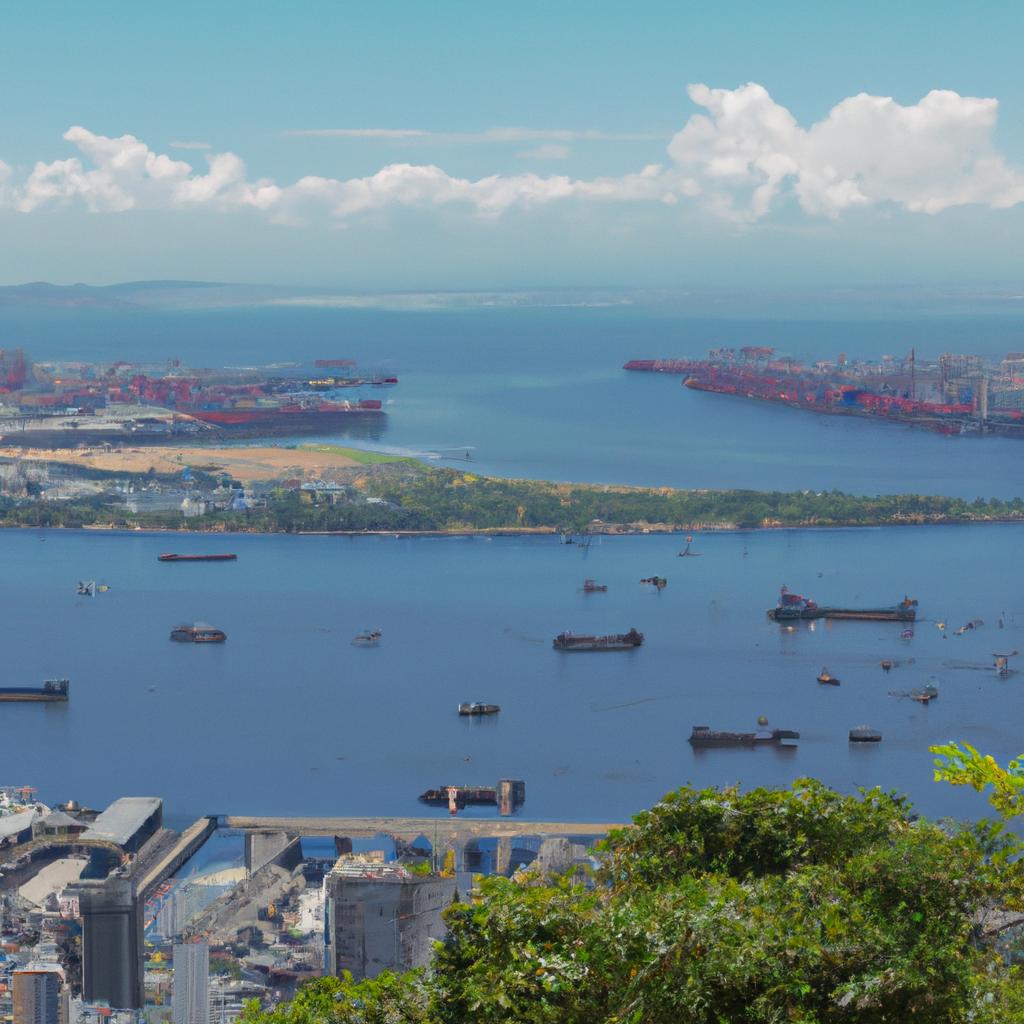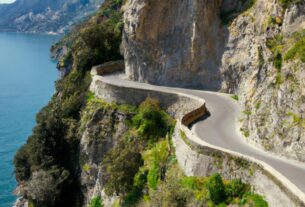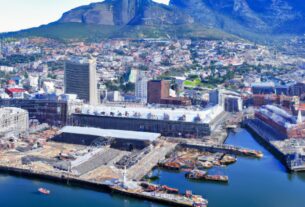The Harbor of Rio de Janeiro, located in the southeastern city of Rio de Janeiro, stands as one of the world’s most iconic maritime centers. Spanning across a sprawling complex of bays, inlets, canals, and islands, this harbor has played a pivotal role in shaping Brazil’s history, economy, and culture since the 16th century. Today, it continues to flourish as a bustling center, serving as a gateway for international trade and tourism, attracting visitors from all corners of the globe.
A Journey Through History
The harbor’s history is a tapestry that weaves together centuries of intricate tales. In the colonial period, it became a hub for exporting Brazil’s treasures, such as gold and diamonds, to Europe. Its strategic location and natural allure made it a sought-after port for merchants and traders. As time went on, the harbor witnessed pivotal events, including the arrival of the Portuguese royal family in 1808, the monumental construction of the Christ the Redeemer statue in the 1930s, and the hosting of the 2016 Summer Olympics. Despite challenges like environmental concerns and infrastructure issues, endeavors to preserve and develop the harbor persist, securing its status as a vital part of Brazil’s economy and culture for generations to come.
A Geographical Marvel
Nestled in the southeastern city of Rio de Janeiro, this harbor stretches across a vast area of 387 square kilometers, extending from the downtown area to the breathtaking Atlantic Ocean. Surrounded by awe-inspiring natural landscapes, including mountains, forests, and beaches, it stands out as one of the world’s most picturesque maritime centers. Its strategic location connects Brazil to the rest of the world, making it a crucial hub for international trade and commerce. Additionally, the harbor hosts Santos Dumont Airport, one of Brazil’s busiest airports, catering to both domestic and international flights.
Nature’s Treasures and Environmental Responsibility
The Harbor of Rio de Janeiro is blessed with abundant natural resources, encompassing oil, gas, minerals, and rich biodiversity. Within this ecosystem thrive several endangered species, placing conservation efforts at the forefront. Over the years, the harbor has faced environmental challenges such as pollution, deforestation, and climate change. However, concerted efforts are being made to safeguard and conserve its natural resources, ensuring their significant contributions to Brazil’s economy and culture endure.
A Marvelous Fusion of Nature and Infrastructure
The Harbor of Rio de Janeiro is renowned not only for its natural resources but also for its remarkable infrastructure and facilities. Docks, piers, quays, and terminals form the backbone of this maritime marvel, accommodating large cargo ships, passenger liners, and naval vessels. Equipped with state-of-the-art technology, these terminals ensure efficient and safe handling of both cargo and passengers. Furthermore, an extensive network of roads, railways, and airports interconnects the harbor with the rest of Brazil and the world. Amidst this infrastructure, amenities like restaurants, hotels, shopping centers, and entertainment venues cater to the diverse needs of tourists, businesspeople, and locals, forging a vibrant center of activity.
Powerhouse of Brazil’s Economy and Trade
With its strategic location, natural resources, and top-tier infrastructure, the Harbor of Rio de Janeiro plays an integral role in Brazil’s economy and trade, contributing significantly to the country’s GDP. It houses vital industries such as oil and gas, mining, agriculture, and manufacturing. The port of Rio de Janeiro stands tall as one of Brazil’s busiest ports, overseeing the handling of millions of tons of cargo annually. Countless shipping companies, logistics providers, and freight forwarders establish their operations within its confines, solidifying its position as a pivotal center of global trade. Within its boundaries thrive renowned businesses like Petrobras, Vale, and Odebrecht, driving innovation and nurturing Brazil’s economic growth.
Cultural and Touristic Enchantment
The Harbor of Rio de Janeiro extends its reach beyond trade and commerce, radiating cultural and touristic allure. Blending natural beauty, historical landmarks, and iconic attractions, it beckons millions of visitors from across the globe. Its crown jewels include the world-famous Christ the Redeemer statue, majestically perched atop Corcovado mountain, overseeing the harbor. Sugarloaf Mountain captivates tourists with its breathtaking vistas of the harbor and surrounding landscapes, accessible via a thrilling cable car ride. Other notable landmarks encompass the Rio de Janeiro Cathedral, the Museum of Tomorrow, and the Maracanã Stadium, each captivating visitors with their unique stories.
Celebrating Heritage and Recreation
The Harbor of Rio de Janeiro pulsates with cultural and historical landmarks, portraying Brazil’s vibrant heritage. In recognition of its historical and cultural significance, the harbor was granted the esteemed UNESCO World Heritage Site title in 2012. Historical gems include the Forte de Copacabana, once a military stronghold, now transformed into a museum, and the Paço Imperial, a 16th-century palace that once housed the Portuguese royal family.
Recreational activities abound in the harbor, with its beaches serving as havens for sunbathing, swimming, and water sports. Copacabana beach stands out as the most famous, boasting pristine white sand and an infectious energy. The harbor also plays host to annual events that capture the world’s imagination, such as the Rio Carnival, a vibrant celebration of Brazil’s culture, featuring flamboyant parades, pulsating music, and exhilarating dance. The New Year’s Eve fireworks display and the Rio International Film Festival showcase the harbor’s versatility as a hub for entertainment.
Challenges and a Glowing Future
As the Harbor of Rio de Janeiro charts its path forward, both challenges and opportunities illuminate its future. Environmental concerns, including pollution, deforestation, and climate change, present urgent issues. Conservation initiatives, such as the Rio de Janeiro Green Belt project, aim to reforest the harbor’s surroundings and promote sustainable development.
Furthermore, infrastructure and development challenges demand attention, calling for modernization of transportation systems and urban planning. The revitalization project, Porto Maravilha, promises to breathe new life into the downtown area, with plans for new buildings, parks, and public spaces. The future also holds potential growth in the harbor’s oil and gas sector, with the construction of new refineries and petrochemical plants, bolstering Brazil’s energy industry.
In conclusion, the Harbor of Rio de Janeiro stands as an essential pillar of Brazil’s economy, history, and culture. With its mesmerizing natural beauty, remarkable infrastructure, and strategic location, it shines as a globally recognized center for trade, tourism, and conservation. TooLacks invites you to immerse yourself in its wonders, from historical landmarks to cultural events, making it an indispensable destination for travelers exploring Brazil’s treasures.



